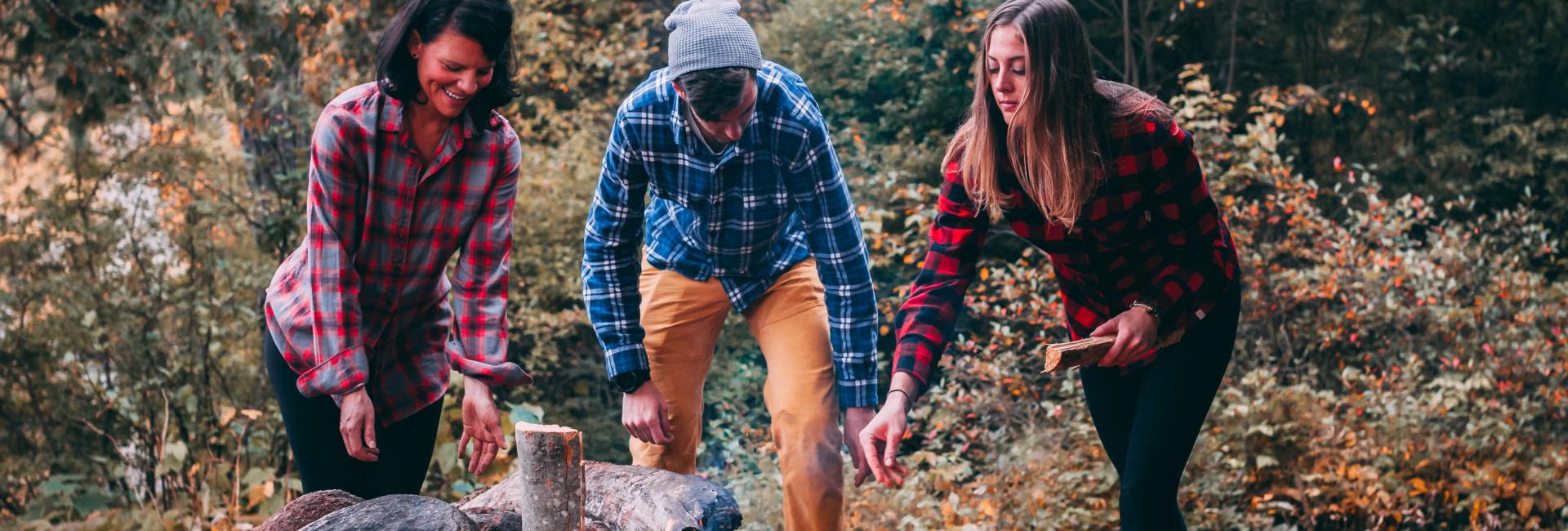Submitted by guest blogger, Erin Hanczyk
There are currently 6,000-8,000 black bears inhabiting New York with 50-60% of them right here in the Adirondacks. While it can be rare to encounter a black bear in most parts of the Adirondack backcountry, it does happen. There are locations where encountering a black bear may even seem inevitable.
Follow these tips to be prepared for a bear encounter. Being prepared means a higher chance of avoiding negative run-ins with bears and a higher chance of never even seeing one in the backcountry to begin with.
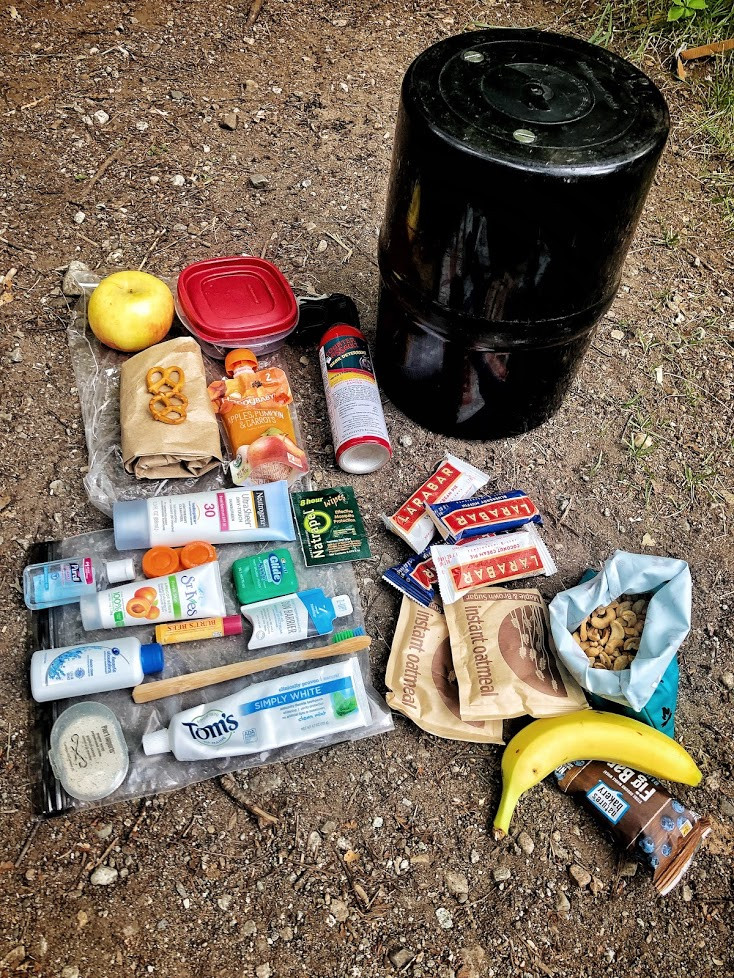
Research the area: Knowing the area where you plan to take a trip is a great preparation tactic. It allows you to research if bears are active in the area, what regulations or advisories are in place, and what are the best recommendations for being in that area safely. It has been a recurring pattern that bears will circle the area from Marcy Dam to Lake Colden to the Flowed Lands, taking food from backcountry campsites who ignore bear canister regulations in the High Peaks Wilderness Area. More on camping later!
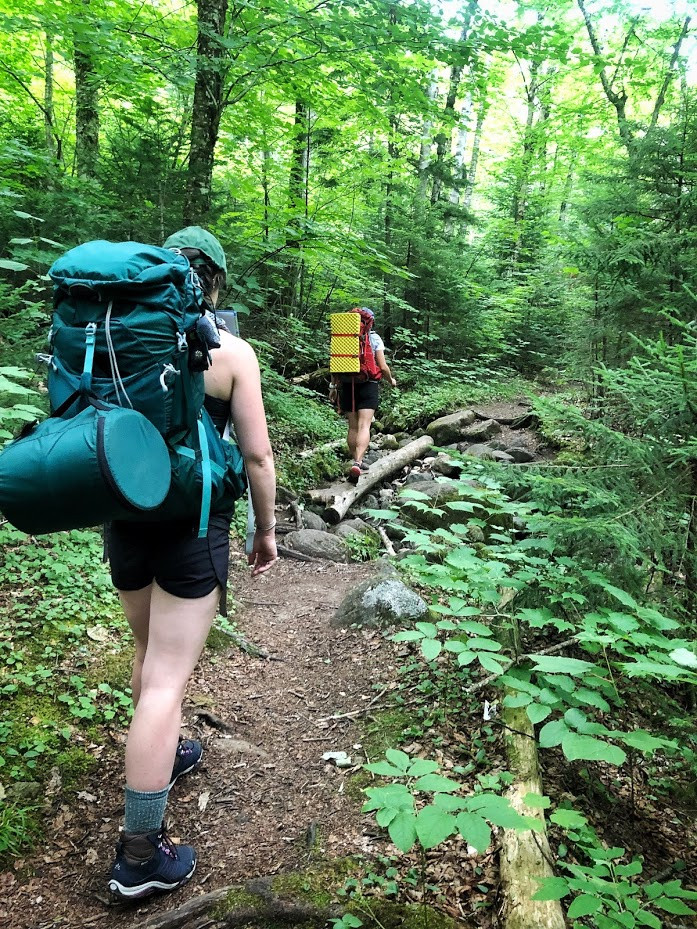
Preparing for a day hike: How you prepare your pack and yourself for a day hike can determine whether you encounter a bear, and how the bear may react if the encounter happens.
- Keep all food and trash in the center of your pack to help mitigate the smell of it.
- Keep your pack on your back! Do not leave your pack unattended on a trail, even if there is no sign of a bear around. Bears have been known to steal packs and then you can say goodbye to not just your food, but your keys and wallet and anything else inside. If you encounter a bear, do not throw your pack or food at it in hopes it will just go away. Feeding bears only encourages them to “bully” others and it will keep the bear coming back for more.
- If you see a bear in the woods, on the trail, or at an overlook, what do you do? First, stay calm! If you are in a group, stay in your group. Back away slowly while speaking in a loud, calm voice. Try banging sticks together if there are some nearby, but keep your cool and use slow movements. Most bears will run away at this point. Here is more information on what to do if a bear becomes aggressive.
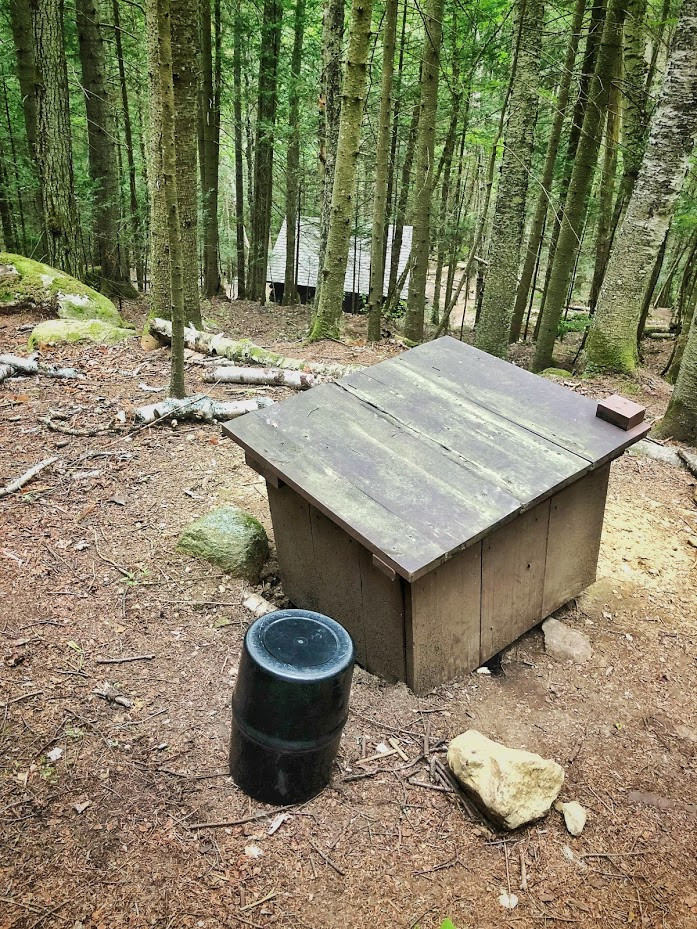
Backcountry camping tips: The High Peaks Wilderness Area requires the use of a bear canister, and they are highly recommended everywhere else in the Adirondacks! Learn how to use one properly.
- Cook and eat your dinner early, before the sun sets, and cook at least 100 feet from your campsite. This will keep any scent of food or leftover food particles away from where you are sleeping. Clean up immediately after cooking.
- Store your bear resistant canister at least 100 feet from where you sleep and where you cooked your meal, and store it upside down so the lid is hidden on the ground. This forms what’s known as the cooking triangle. It keeps you, your food, and where you cook at three different points, helping to cut down your chance of a bear encounter. Store your canister next to a tree to help disguise it from a passing bear.
- Store anything with a scent in your bear canister. This includes; trash, food, toiletries, and leftover food particles from cooking. Make sure you pack your canister before your trip to be sure you have enough room for everything to be packed away safely.
- Lastly, keep a clean campsite. Don’t throw trash, grease, or food waste into the woods or the fire pit. This is not only bad for the environment, it also draws the attention of wildlife. Once a bear gets food in one place, it will continue to come back for more.
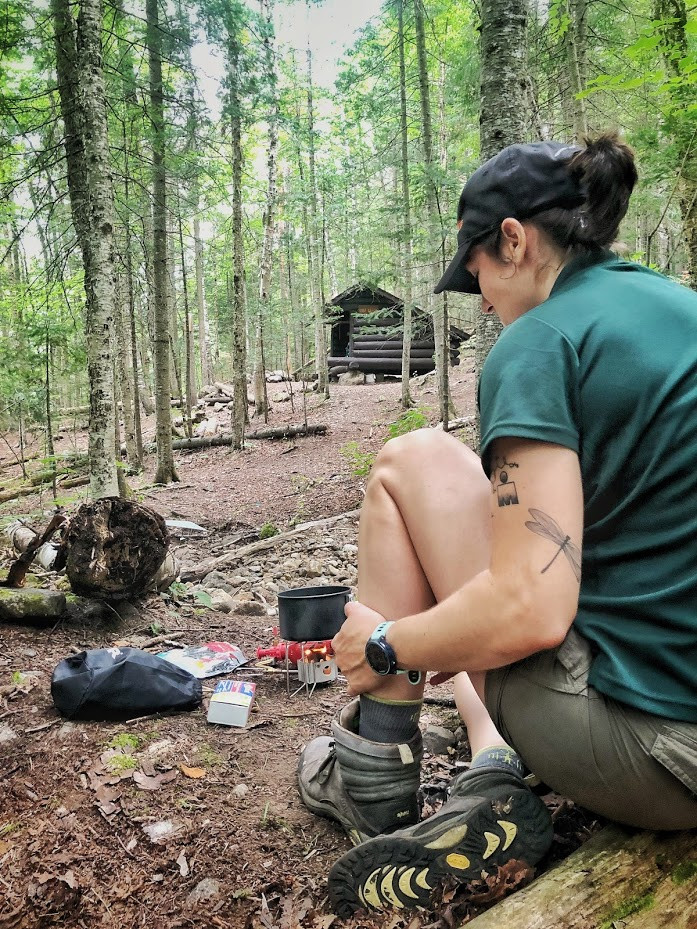
Campground tips: Campgrounds are prone to bear encounters because of the number of people, food, and trash. Here are a few tips to help reduce your chance of encountering a bear at a campground.
- Again, research if the campground has had any bear activity. This will help you determine what to pack for food storage.
- Do not leave coolers or any food storage or food out at any time. Store them in your car, especially overnight. Some campgrounds have bear lockers. Use them!
- Keep a clean campsite. Again, don’t throw food or waste in fire pits. Store any trash bags in your car overnight.
Bear encounters don’t have to be scary. If you are prepared for your trip by following the tips above, then you will be prepared to encounter a bear. Following the above tips also helps to protect the bears themselves. Once a bear is conditioned to source only human food, it is no longer able to survive on its own in the wilderness and soon becomes an intimidating nuisance. Here is more information on reducing human-bear conflicts.

